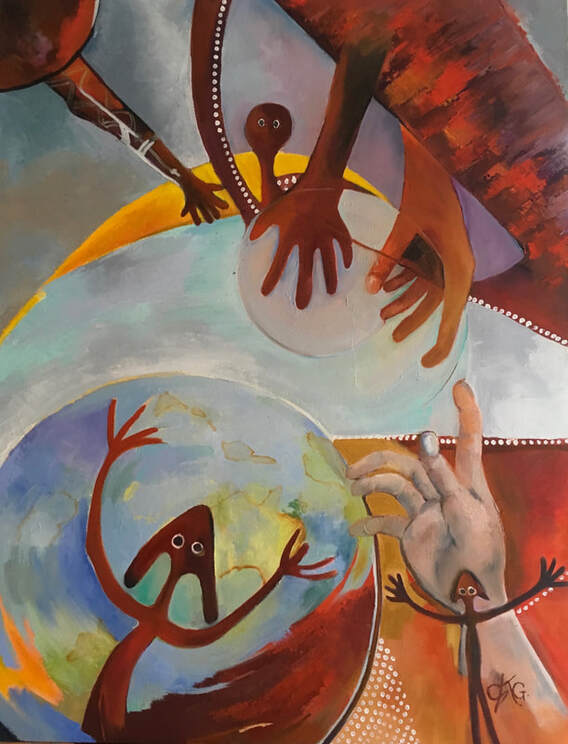
The term totem derives from the Ojibwa word ototeman, which indicates a sibling relative. The grammatical root ote in fact indicates two individuals who share the same mother and therefore cannot marry. The meaning the word has today in Western languages derives from the misunderstanding of a British merchant and translator who believed it indicated a person’s spirit guide, embodied in the form of an animal.
Today, dictionaries of usa define the meaning of the word as follows: ‘a natural element (an animal or, more rarely, a vegetable, mineral or other) considered to be the guardian spirit of the clan or its mythical ancestor, and thanks to which the members of the group recognise themselves as kin; it is the object of taboo and special worship’ (GARZANTI).
The totem is thus intimately linked with taboo. Taboo is a word of Polynesian origin, introduced to the West (in English) by Captain James Cook on his return from a journey to the island of Tonga in 1771. In a nutshell, a taboo is ‘the prohibition of an action based on the belief that such behaviour is either too sacred and hallowed or too dangerous and cursed to be undertaken by ordinary individuals’ (BRITANNICA).
The totem-totem binomial has had great fortune in nineteenth- and twentieth-century anthropological, ethnological and sociological studies: Levi-Strauss, Lotman and, of course, Freud, among others, have written about it.
For the non-expert, however, a totem indicates a symbol that is not only recognised by a group of people, but which actually creates a community, is something that builds identity, coherence and cohesion; it is something explicit and present, that stands out, shows itself and guides the symbolic-value universe of a society. A taboo, on the other hand, is always something shared and constitutive, but it is latent and hidden.
Traditionally, totems are objects or natural elements, while taboos are actions, behaviours or themes to be avoided on pain of severe punishment. But totems and taboos can also be narratives. In an obviously non-philological sense, therefore, a totem is a narrative that creates a myth, a model, a pattern to follow and in which we can recognise ourselves; a taboo, on the other hand, is that which is not to be spoken of, on pain of embarrassment, discomfort or difficulty on the part of the interlocutor.
In the medical-health field, there are numerous totems and taboos. Ageing that even becomes discrimination (ageism) and its companion death that is increasingly late in arriving in an increasingly elderly world population. Efficiencyism, i.e. the pursuit of performance, result and product, at the expense of taking time and process. And thus the taboo of the fragility and weeping of health workers against the totem of the ever-saving hero. Or the discourse of healthism and so many others.
What are the other totem and taboo narratives of the health world?
